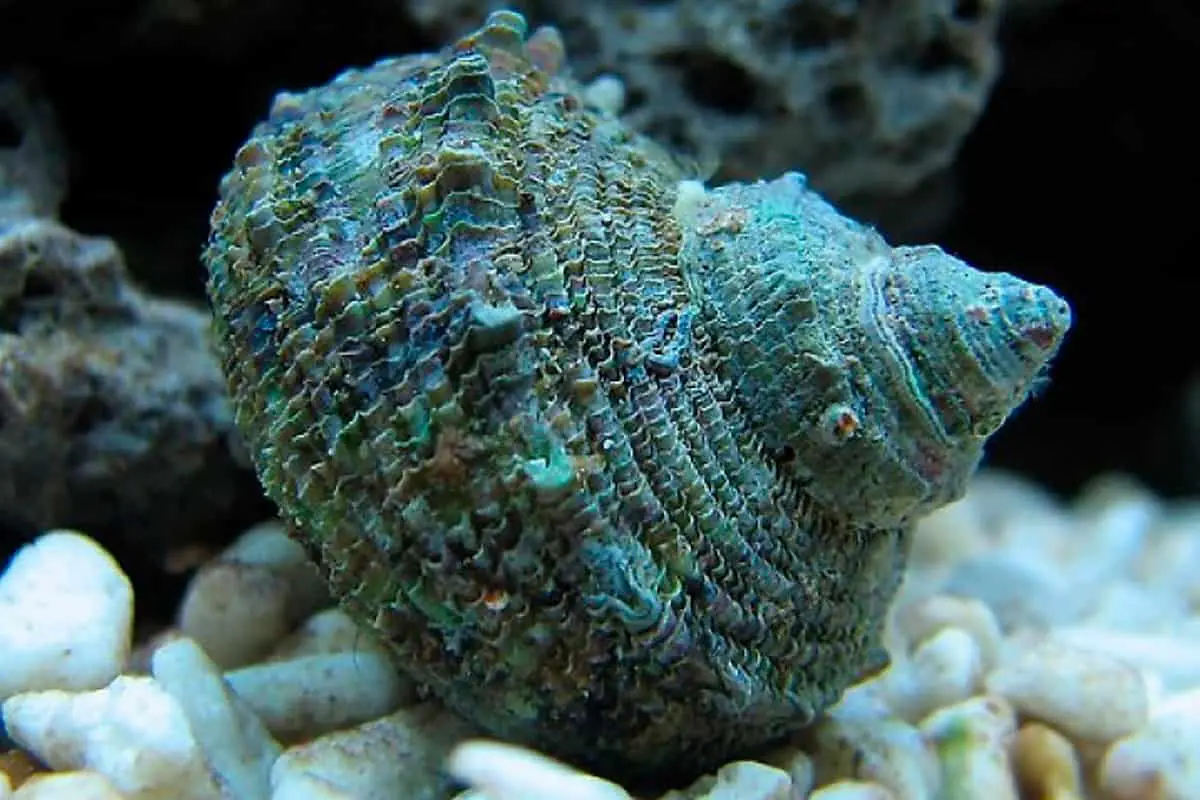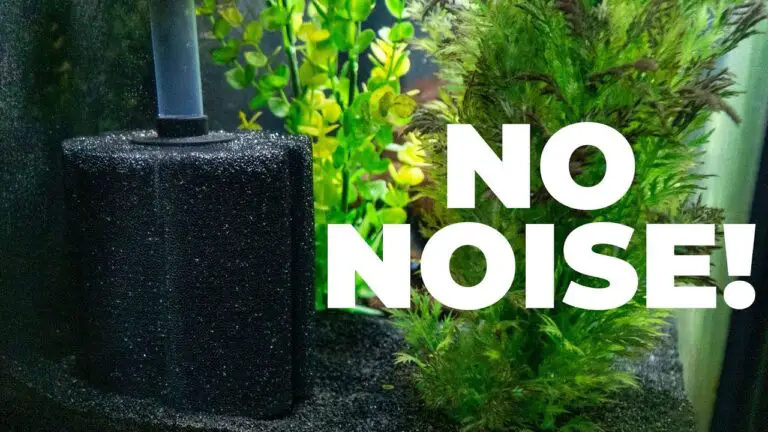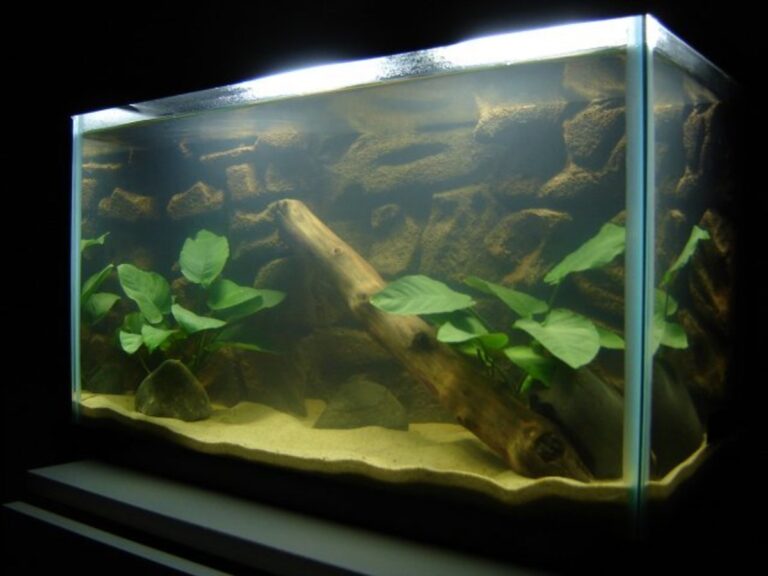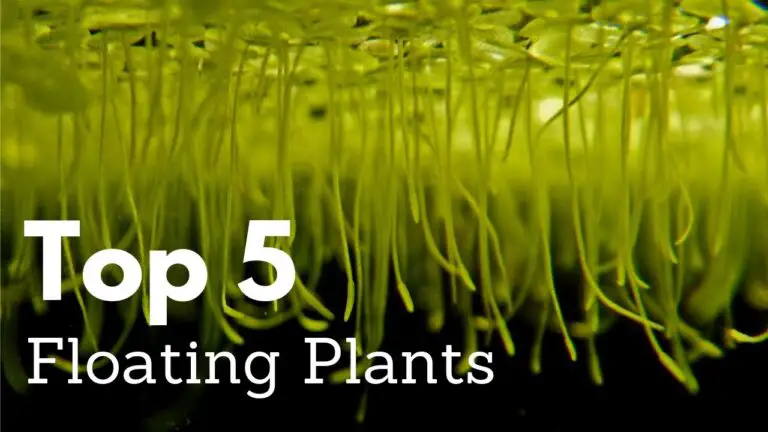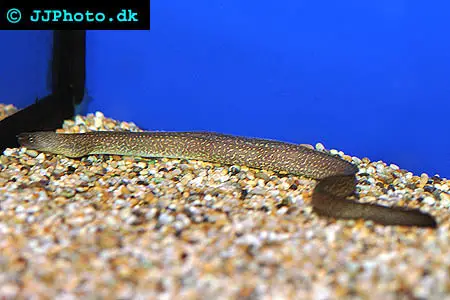What Do Saltwater Snails Eat?
Saltwater snails are omnivorous, meaning they feed on both plants and animals. In the wild, saltwater snails will eat diatoms, algae, detritus (bits of dead plant matter), small crustaceans such as copepods and amphipods, bits of fish food left over from other tank inhabitants, and even dead fish or snail shells. In captivity it is important to provide a varied diet for these creatures in order to keep them healthy.
It is best to feed them a variety of sinking pellets as well as frozen foods such as brine shrimp or blood worms. You can also supplement their diet with spirulina flakes or blanched vegetables like zucchini or spinach.
Saltwater snails are an important part of any marine ecosystem, and they play a vital role in keeping the water clean by eating algae and detritus. In addition to these nutritious sources of food, saltwater snails can also feed on plankton, dead fish or other decaying organic matter, as well as some plants. They have adapted over time to make use of whatever food source is available in their environment.
Everything I Know About Turbo Snails (#1 Cleaner / Goodbye algae! / Reef safe)
Snails That Eat Hair Algae Saltwater
Snails can be an invaluable tool in controlling hair algae in saltwater aquariums. The most commonly used snails for this purpose are turbo, trochus and nerite snails as they have been shown to reduce the growth of hair algae significantly when added to tanks. They feed on a variety of different types of algae, including hair algae, so adding them to your tank will help keep it healthy and free from excess algal growth.
Can Saltwater Snails Live in Freshwater
Saltwater snails are not able to survive in freshwater environments. These creatures require a higher salinity level to remain healthy, and freshwater simply does not provide the necessary elements for them to thrive. Saltwater snails are adapted specifically for their environment and lack the specialized organs required to live in fresh water habitats.
Types of Saltwater Snails
Saltwater snails are a diverse group of marine creatures that play an important role in the ocean ecosystem. They can be found in all kinds of habitats, from shallow coral reefs to deep sea trenches. There are over 300 species of saltwater snails, ranging from large cone shells to tiny periwinkles.
These mollusks feed on algae and detritus, helping to keep the water clean by removing organic waste and excess nutrients. Saltwater snails also provide food for many other animals, making them an essential part of the food web.
Saltwater Snails for Sale
Saltwater snails can be a great addition to any saltwater aquarium. They are perfect for eating away algae and providing aeration to the tank while adding some interesting movement. With their wide variety of sizes, shapes, and colors, they make an attractive and beneficial addition to your tank.
Saltwater snails can be found readily available online or at local pet stores in a variety of species including Astrea Snails, Cerith Snails, Nassarius Snails, Turban Snails, Margarita Snails and more!
Saltwater Snails for Aquarium
Saltwater snails are an essential part of any aquarium. They provide a natural way to clean up excess food, algae and other debris that can build up in tanks over time. These snails also help aerate the water by creating tunnels in the substrate which increases oxygen levels while they feed on detritus and some macroalgae.
Saltwater snails come in many types such as Turbo Snail, Nassarius Snail, Cerith Snail, Margarita Snail, Astrea Snail, Trochus Snail and more! They are easy to care for and can be beneficial members of any saltwater aquarium community.
Saltwater Snail Identification
Saltwater snails are an important component of marine aquarium ecosystems, and can be identified by their size, shape, coloration and shell structure. The most common types of saltwater snails include Nerite Snails, Astrea Snails, Nassarius Snails, Cerith Snails and Turban Snails. Each species has unique characteristics that make them easy to identify in the wild or in a home aquarium.
To ensure you have the right type of snail for your tank’s needs it is important to properly identify all incoming specimens before adding them to your tank.
Common Saltwater Snails
Saltwater snails are a common and popular inhabitant of saltwater aquariums. These fascinating creatures come in various sizes, shapes and colors, making them an attractive addition to any marine tank. Saltwater snails play an important role in the ecosystem by consuming algae, detritus and leftover food which helps keep the tank clean.
In return they provide oxygen to the water through their respiration process. They also help aerate substrate with their digging activities as well as providing additional nutrients for plants rooted in the gravel or sand substrate.
Best Saltwater Snails
Saltwater snails are one of the most essential components of a saltwater aquarium. Not only do they provide an aesthetic value with their vibrant colors, but they also serve important practical functions like cleaning up algae and detritus, aerating the substrate, and providing food for other fish in the tank. Some of the best saltwater snails available to aquarists include Astraea Snail, Nassarius Snail, Cerith Snail, Turbo Snail and Margarita Snail – each species brings its own particular benefits to your reef system.
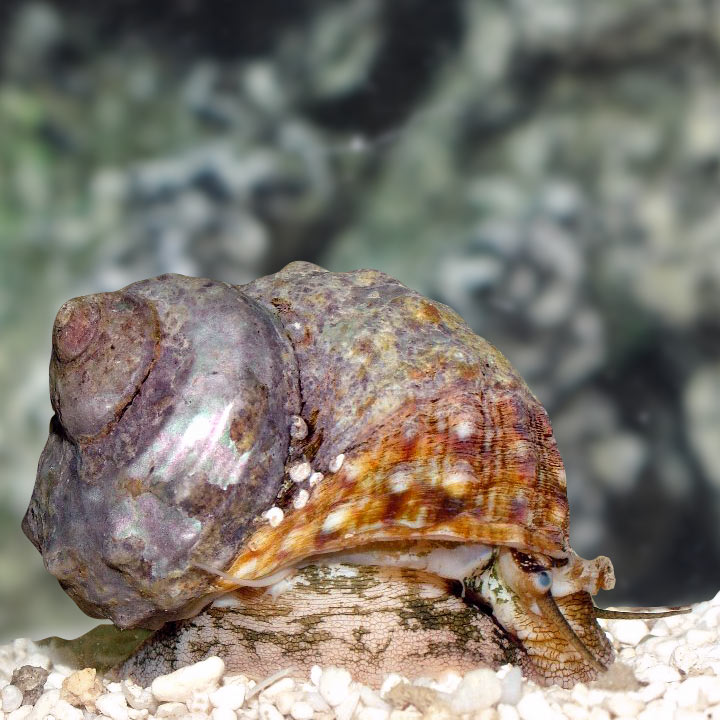
Credit: www.liveaquaria.com
What Do You Feed a Saltwater Snail?
Saltwater snails are often kept as part of a saltwater aquarium ecosystem. These fascinating creatures need to be fed in order to stay healthy and survive in captivity. The best food for a saltwater snail is one that contains some kind of algae or seaweed, such as spirulina, nori sheets, or blanched vegetables like zucchini slices.
Additionally, these animals also eat fish flakes, brine shrimp pellets, freeze-dried krill and other commercially available prepared foods designed specifically for reef tank inhabitants. It’s important to remember that the diet should not be too high in protein since this can lead to excessive growth rates which are harmful to their health; instead you should look for products with medium-level protein content – around 10%. Finally, supplementing the diet every now and then with calcium carbonate will help support good shell growth and development in your pet snail.
How Do You Keep Saltwater Snails Alive?
Saltwater snails are an interesting and visually pleasing addition to a saltwater aquarium, however they do require special care. Keeping these creatures alive is largely dependent upon the type of snail you choose, as different species have different requirements for water temperature, salinity levels and food sources. Generally speaking, most snails prefer warmer water temperatures of 75 to 80 degrees Fahrenheit.
Salinity should be kept in check with frequent water changes; a specific gravity between 1.020 and 1.025 is ideal for most snails. As far as food goes, many varieties will eat algae or other detritus found on live rock in an established aquarium; some may also enjoy brine shrimp or chopped seafood like mussels or clams that can be fed directly from your hand (or via feeding syringe). Finally, it’s important to make sure your tank has ample oxygenation and plenty of hiding places so the snail can feel safe when threatened by predators; adding shells or rocks with holes large enough for them to fit into will go a long way towards keeping them healthy and content!
What Do Wild Saltwater Snails Eat?
Wild saltwater snails are a diverse and interesting group of aquatic creatures that inhabit oceans, seas, and other types of brackish water bodies. As omnivores, they have varied diets which consists mostly of algae, planktonic organisms like copepods and small shrimps, as well as detritus or particulate matter found in the sand or sediment at the bottom of these habitats. They may also feed on organic material such as decaying plant matter and animal carcasses when available.
Wild saltwater snails can often be seen grazing over rocks or coral reefs for food sources such as green macro-algae species like ulva lactuca (sea lettuce) or halimeda (calcareous green algae). Depending on their size and age, some larger species may even consume smaller mollusks including bivalves like clams and mussels.
What Kills Saltwater Snails?
Saltwater snails are very hardy and can survive in a variety of environments, but they have some natural predators that can kill them. Sharks, rays, large fish like grouper or cod, sea stars, crabs and even other snails may feed on saltwater snails. In addition to these native predators there is also the danger posed by humans who overfish certain species and habitats for their own benefit.
Pollution from human activities such as oil spills or agricultural runoff can also be deadly for these creatures as it can disrupt their habitat and food source. Finally, diseases caused by parasites or bacteria are another threat to this species which could lead to death if left untreated. All of these factors combined make saltwater snail populations vulnerable to decline unless proper conservation efforts are put into place.
Conclusion
In conclusion, saltwater snails are quite hardy and can survive in a variety of aquatic environments. They have an omnivorous diet that consists primarily of algae, detritus, and fish food. Their diet should be supplemented with calcium-rich foods such as cuttlebone or crushed shells to help them build strong shells.
With proper care and nutrition, saltwater snails make wonderful additions to any aquarium.
